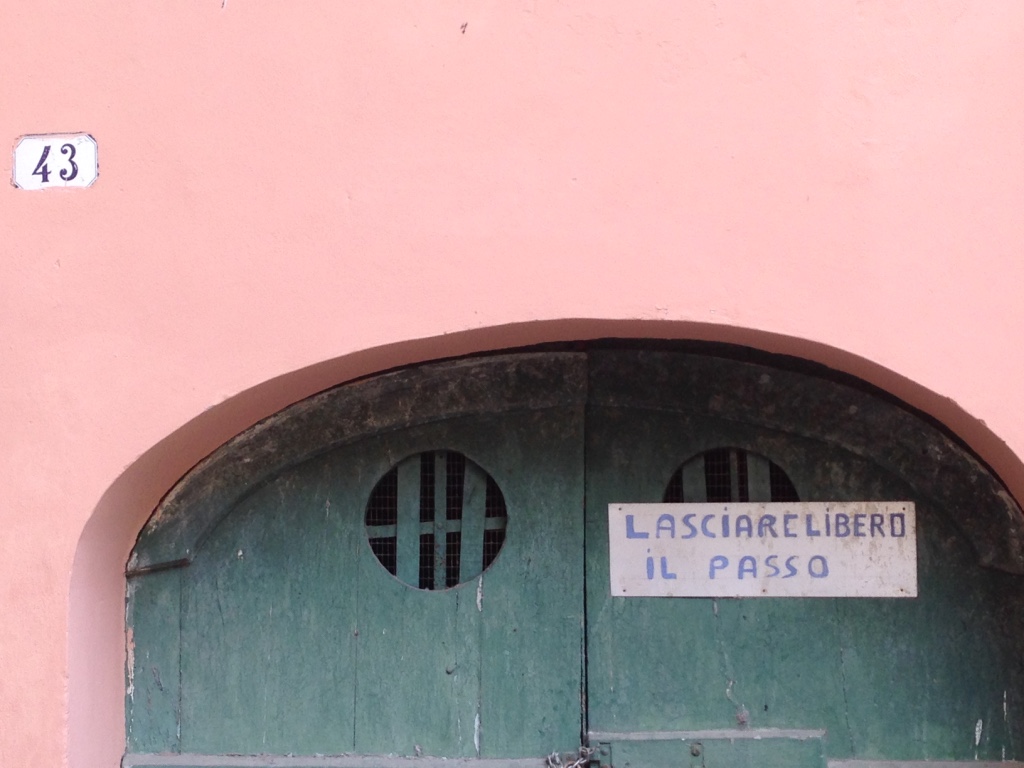Spatial thinking: screen use
Most of us are working, socializing, teaching and learning via electronic devices instead of in shared actual space. The increase in screen time brings new demands to the use of the instrument of self.
With our Alexander tools of refined intention and attention, we can find new means to rise to these increased demands. While I am teaching online Alexander lessons, I notice an urgency to teach well and to provide some shred of normalcy in these abnormal times. Urgency easily tilts to end gaining, as I crane toward the screen, and reach for sound and vision. By narrowing my attention to reach for sound and vision, I tire myself and diminish an overall elastic response.
Dynamic pauses are thus needed for me to have best use of self in my problem solving/teaching mode. I remind myself of the room around me, the floor under my feet, chair under my sitting bones, the wave of breath that supports and enlivens me. The sound may come from speakers, but it comes via vibrations to my ears and brain. I don’t have to go fetch it. Watching my student on the screen easily tires my eyes until I remember that light waves come through the lenses of my eyes and are interpreted by my deeper brain into vision. The more frequently I think of my whole integrated back “seeing”, the less tired my eyes become. I receive and welcome instead of yearning and straining.
These intentions require frequent micro moments when I prioritize a welcoming curiosity to straining at the expense of ease. If I softly include the room around me, the view from my office window (dogwood nearly in bloom), the sounds of scrub jays in the court yard while I listen to and watch my student, my eyes, hearing and voice work less and receive broader support. Solutions arise with an ease that is sometimes surprising, as though I didn’t think of them, they thought themselves. All I did was get out of the way.
The screen may be a necessary interface for now, but we can continue to refine our own means as we use the screen. We have choices in our spatial attention that potentially improve our condition of self, and thus our problem solving skills. We can decide what we want, then make the relevant choices. We can’t change current demands, but we can allow ourselves the time to change responses.
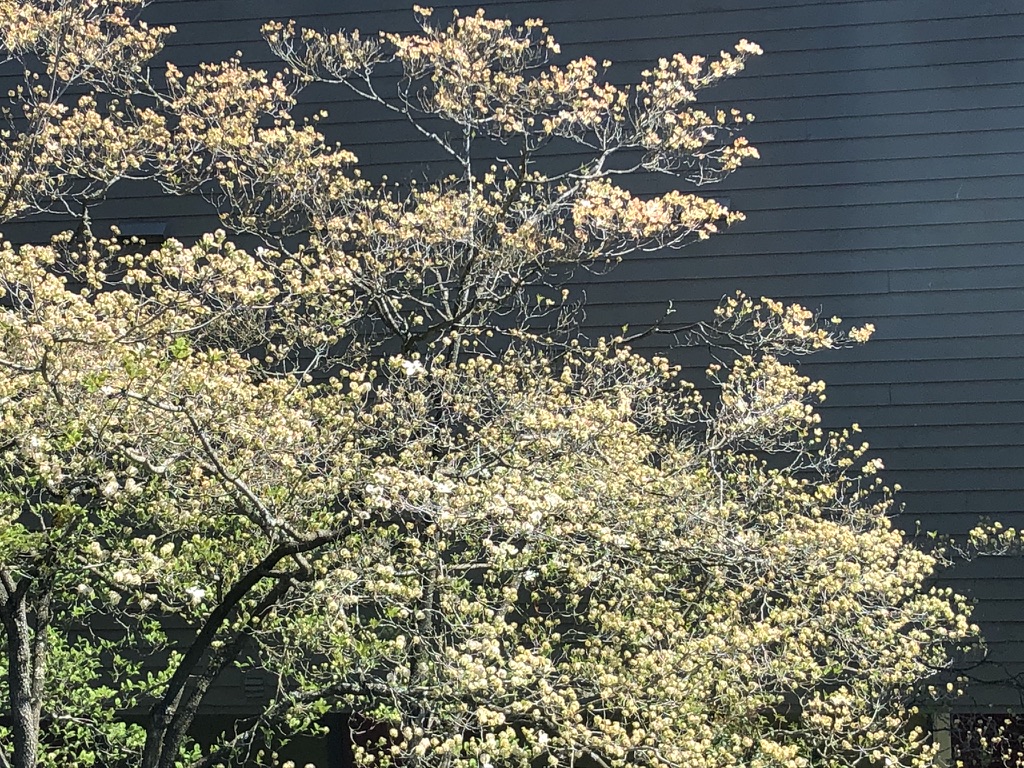
Conditions and means: problem solving
My training and decades of experience as an Alexander Teacher involved using my hands to both know and convey information. AmSAT certified Alexander Teachers train in a highly dedicated manner to be able to use their hands as an entire instrument of self skill.
Given urgent concerns for community health, online lessons are my sole current option to keep students engaged and supported. Skills learned in teaching with my hands have had to shift gears. Now, I use my eyes and my words, as well as my students’ experiential reports, to understand and guide. The “contact” means may have changed, but the use of myself requires the same principles. My entire condition of self, informed by dynamic non-interference and quiet, lively attention, provides surprising means for problem solving. I have to wait and welcome, allow time and attention.
My intention is to bring the same use of self to virtual lessons as to hands on lessons. After all, I bring this instrument of self to everything that I do.
When I can quiet and light up all of me while watching a student on a device, I can welcome and allow solutions and words for problem solving. It’s a steep stamina curve to relearn and update entire use with radically changed conditions, but that is the current tuition.
We rise to demands.
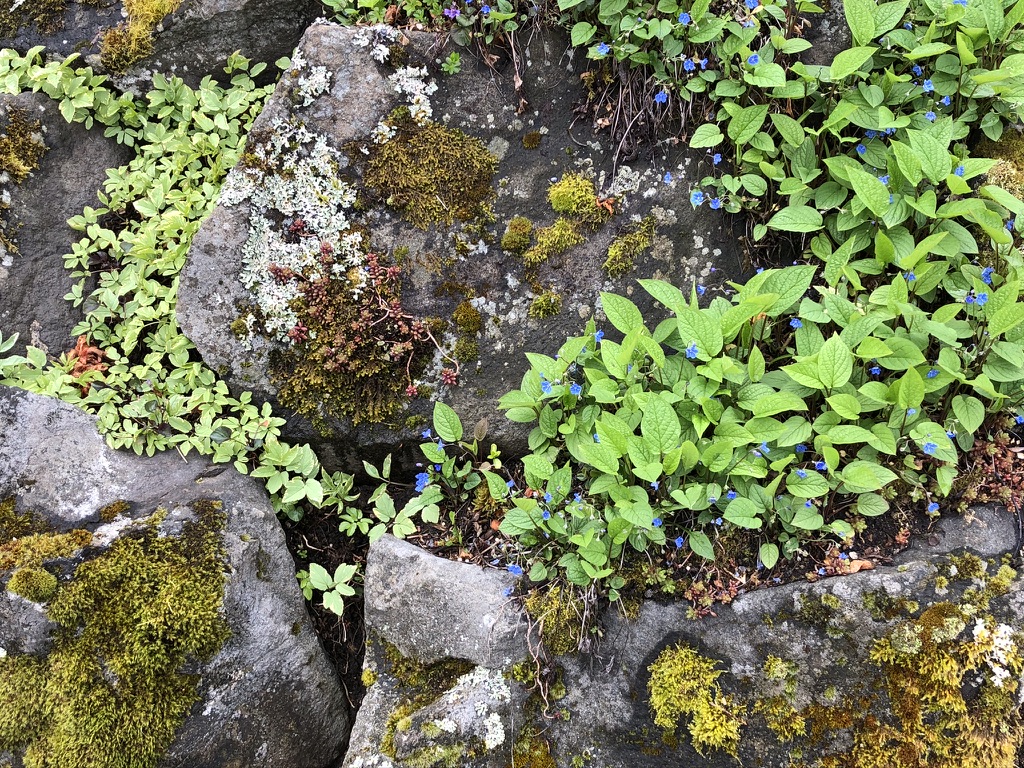
Active and welcoming curiosity
Our primary tool in proceeding constructively into any activity, be it primarily physical, mental or emotional, is our attention. The quality, tone and expansiveness of our attention determines co-ordination and organization of the entire instrument of self in activities from mundane to complex. Any activity offers an opportunity for welcoming curiosity. The skill of an active and receptive curiosity, even a cheerful not knowing, can create the ground for new solutions, insights and discoveries.
In the familiar action of moving from sitting to standing, we probably believe we know the “right” and “wrong” means. We may be eager to collect the one bit of evidence out of our entire experience that indicates “wrongness”. An incurious use of attention would note interference and attempt change of that specific detail. Attention has narrowed, and likely become critical and more fraught. We want to be right, so we go about righting what we believe to be wrong. Struggle ensues, failure looms, frustration shadows our attention. We’ve narrowed to a a keyhole of perception, a fragment of the view.
But if we allow the time to acknowledge the larger picture of our entire self supported by gravity and the wave of breath, if we curiously and happily decide not to know a specific cause or solution, or even what a sensation means, we can play with welcoming a previously unknown solution. We have time to see and hear the world outside ourselves, to request what we don’t know instead of what we do.
It’s a spiral of curiosity and welcoming. I may not know how to proceed, but my instrument of self is far more complex and changeable than my need to be right. Perhaps I can allow the evidence of interference to arise, note the data, avoid direct engagement with the data, decide what I don’t want, and actively welcome a new and more elastic experience. It’s not what I do, it’s what I don’t do. It’s dedicated work to allow things to be easy, but it seems worth the effort.
The ground stands me. My primary activity was to welcome a larger attention and get out of the way. Curiosity becomes the means, and knowing answers in advance loses appeal.
The activity does itself.
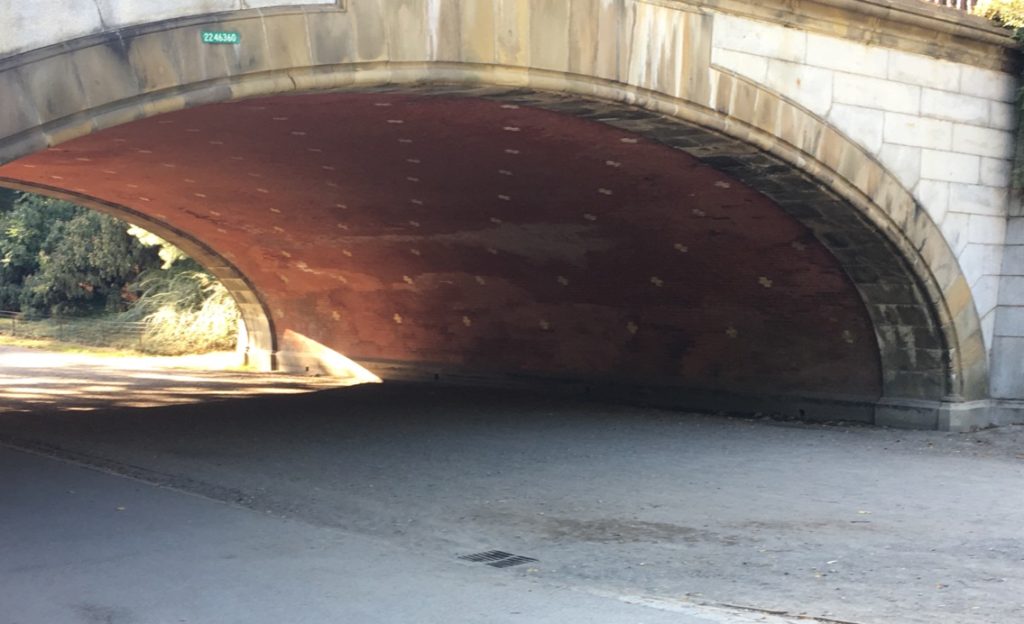
Ground, Breath, Time
Uncertainties, disruptions, demands rise these days. Our individual choices in response, and our use of the instrument of self in making choices, are key to remaining effective in our shared and shifting conditions.
We have reliable stabilities. Gravity, for instance, never goes away. The ground is a universal and constant source of support. We evolved on Earth with this specific constant force to be upright, bipedal, responsive and verbal creatures. We are made to move easily with gravity, and to relying on the ground as our source for movement.
Our cooperative strength with gravity is the tidal and constant movement of breath. The tricky bit is not making breath happen (particularly challenging in the global startle pattern we are experiencing), but in welcoming, receiving, allowing, using our attention to request a total response that brings a fullness and ease to being supported by breath. We can ask the breathing container of self to connect us to the ground, and the ground to be our source of elastic response. We can ask to express on the exhale and await the next invisible fullness with curiosity and quiet. We can welcome and wait.
A key element in welcoming a new response so that we can dynamically not interfere is simple, but not easy. Walter Carrington is noted for emphasizing this thought: I have time
It only takes a micro-second, a dynamic moment of pause, a welcoming wait to recall that the ground always supports an upward elastic response that breathes and moves. You have time to allow the ground and your breath to support you. You always have this time.
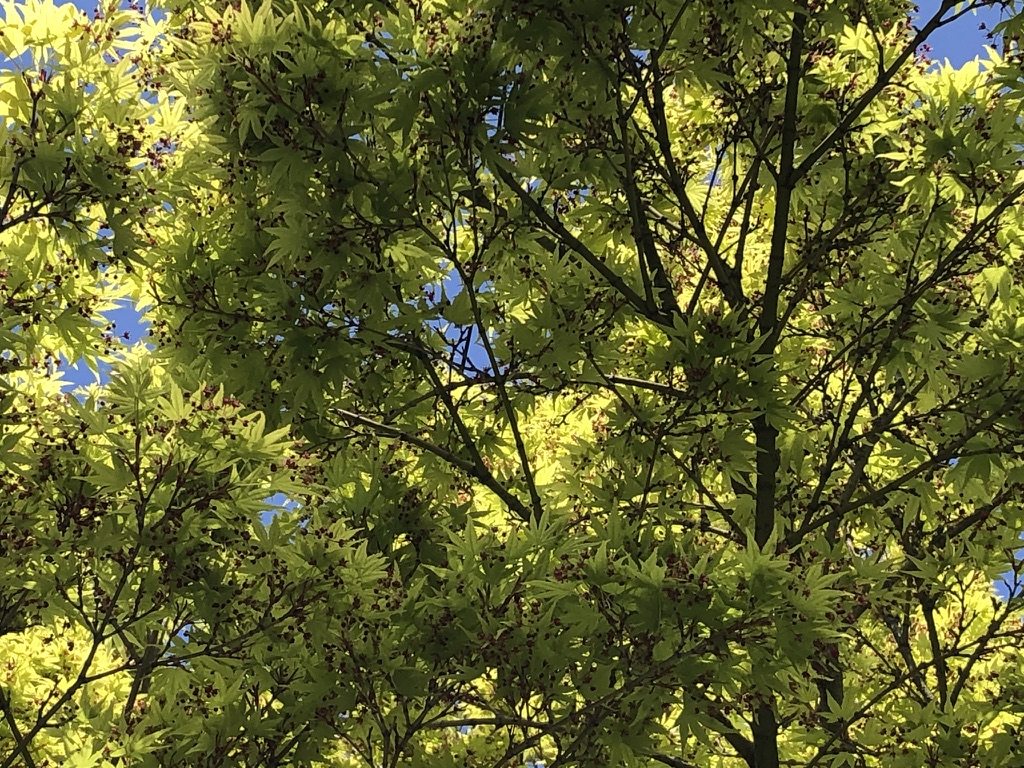
Still walking here
The previous pace and spatial/social exploration of life has dramatically changed. Instead of our regular routes to school, work, grocery, theater, coffee shop, many of us are home, interacting on screens, restructuring our sense of self without any of the previous signals, cues or assumptions.
The person I played when I could teach hands on Alexander lessons, take public transit to visit friends and family, schmooze at the coffee shop has been put into re-run only status. Hopefully, there will be a new season.
One step at a time defines how we live now. We can’t hurry the outcomes, nor slow the various disasters, but we can find our own means and welcome dynamic pauses.
We can go as quickly as we like without hurrying and as slowly as we like without freezing. Pace is unimportant in terms of our own use of self.
I am currently walking many miles daily, not because I am end-gaining to a mileage result, but because walking as an experience helps me indirectly sort out current general experience.
It’s Spring, trees leaf and bloom, birds from wrens to eagles are visible and audible, humans wave and smile as they walk, and if some humans come too close, I do my jaunty sidewalk step aside.
Step by step is all we can do just now. Seeing, hearing, welcoming becomes our dynamic pause.
I walk to see, hear, welcome.
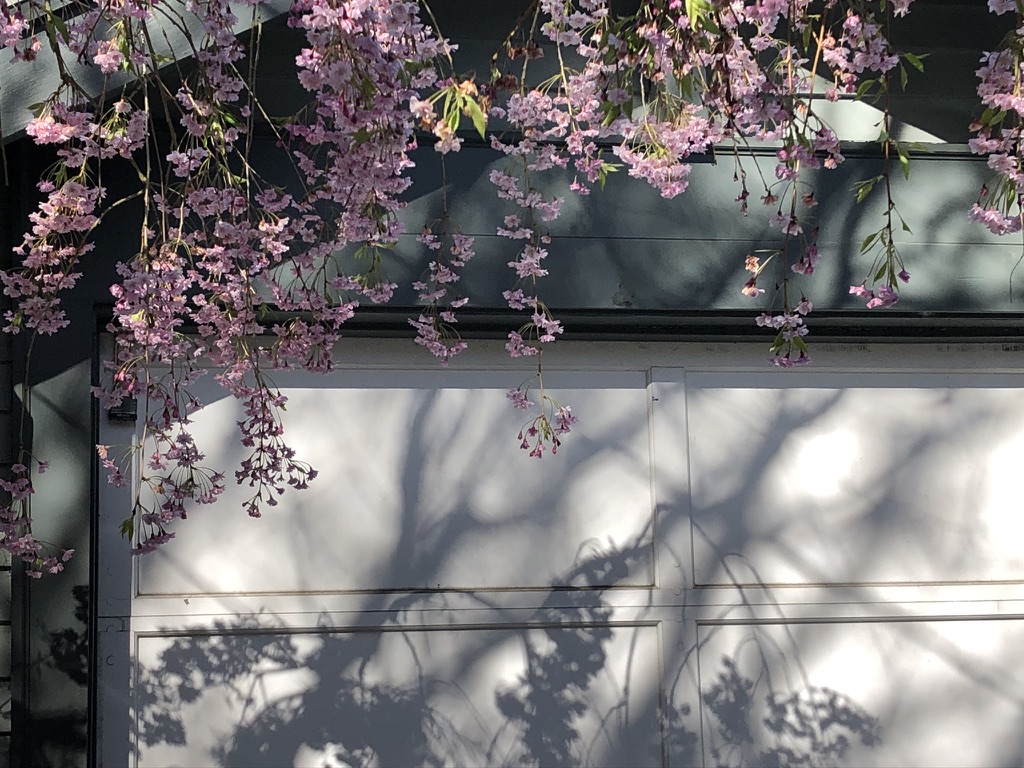
Undoing to new demands
Life is far more demanding for all of us these days. And yet, we have choices in response, means of resilience, ways to remain effective in the weird world in which we now operate.
Our constructive response won’t change the heightened times in which we live, but may give us more options in remaining effective, calm and even curious as events unfold. Our primary tool is our attention. How are we doing what we are doing, on all levels of awareness? What choices can we make that will support being effective, and what controls can we relinquish to quiet tension and anxiety?
In “normal” times, I wake and begin my teaching day early. I allow time to stroll to my office, explore some Alexander procedures, and to be at ease for my first student of the day. I design my schedule according to my best condition of self in teaching. I am not serving the “market”, I am making best use of my choices to do my work well. I am undoing into demands, not serving demands.
In these abnormal times, my sleep is disrupted, inadequate and unsatisfying. More sleep is needed to be effective, responsive and innovative. I can adjust my waking schedule in the interest of best outcome. I can, in general, adjust for best outcome.
The question becomes, for all of this as this surreal uncertainty continues, what choices can I make for best use of myself? Can I notice how I do what I do and decide if that is how I want to do it? What conditions are beyond my control so I can relinquish worrying about them? Where can I allow myself some room to remain effective?
Where is the ground? (and am I allowing gravity to suspend me upward?)
Where is my attention? (is that where I want it to be?)
How much less can I do/fix/be right? (how much more can I allow gravity and breath to support me?)
We gather our data, and curiously notice how we do what we do, and then we can make choices. We undo into the demands and discover our best response. We welcome gravity, notice our own rhythmic internal response, allow the script to unfold.
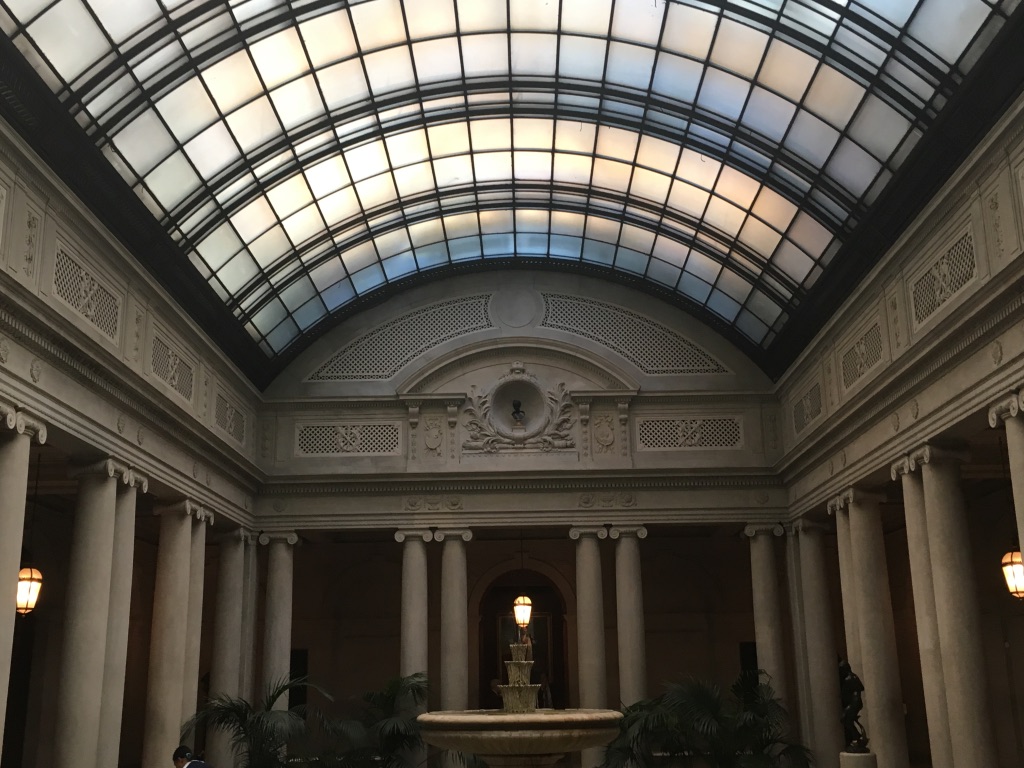
Face mask smile
Face masks are now recommended for any time we spend in public spaces. This adds another layer (literally and figuratively) to how we use our instruments of self. In a short amount of time, we have adjusted to teaching, learning and connecting through the glowing screen. Now, even in real space and time, our faces are covered. We connect via screens and we are partially screened when we can connect in actual time and space.
When I first began wearing a cloth mask, I felt as though I had to shout through the fabric. I couldn’t hear my voice in the space around me in the same way as sans mask. Then I recalled that my voice comes from my entire resonating instrument, and that pushing through the fabric would narrow and limit my instrument rather than express my voice. Opting for less push, more of the ground and a fully breathing back reduced strain and distress.
It was vaguely confusing to not see neighbors’ facial expressions, and to know they could not see mine either. Friendly waves resolved that issue, and notably calmed my heightened nervous system. Acknowledging or initiating a wave has become a new means of easing concerns, connecting in crisis, and remaining in community. There are also head nods, slight bows, and the jaunty and cheerful sidewalk step aside.
We are all learning to refine and adjust quickly these days. We can remind ourselves that we have the big brains and the unified fields of self to do so.

Speaking to the screen space
For the ongoing now in which we improvise, the screen is our means for teaching, learning, connecting and working. Our voices move through surfaces and satellites instead of through the room in which we breathe and move.
Vision and attention are drawn to the screen and the people in the screen in a very different manner than how we sense others in actual space. Wherever our attention goes, our entire co-ordination follows. If we are in the screen with our attention, we are not in the room. Our entire instrument has likely narrowed, shortened and pulled up.
A ha, another crisis-tunity! (They seem to come in multiples lately)
During early days of seeing students online, decades of Alexander dynamic non-interference evaporated as my attention pulled to the screen in a longing for normalcy and connection. I had narrowed, shortened, strained to achieve an outcome. The internal emotional stimuli and the external visual stimuli clearly required a new and more elastic response.
I began reminding myself that the force field of gravity sends me elastically upward, that the space all around breathes me. and that the airwaves move through me from behind me to and through the screen. The ground enlivens my elastic response so I can bring my attention cheerfully, curiously, creatively outward. My senses receive so I can express.
It’s incredibly complex and sophisticated to speak. Now we are speaking on screens, instead of on stages, in rooms, on the street, at the coffee place we love and miss so much. We’ve gone from air waves to ear buds in the blink of an eye.
And yet, the ground still supports me and sends me up, waves of air move through me and out again, the person on the screen may be far away in space but close in connection.
I let my voice come from the room, not from my urgency
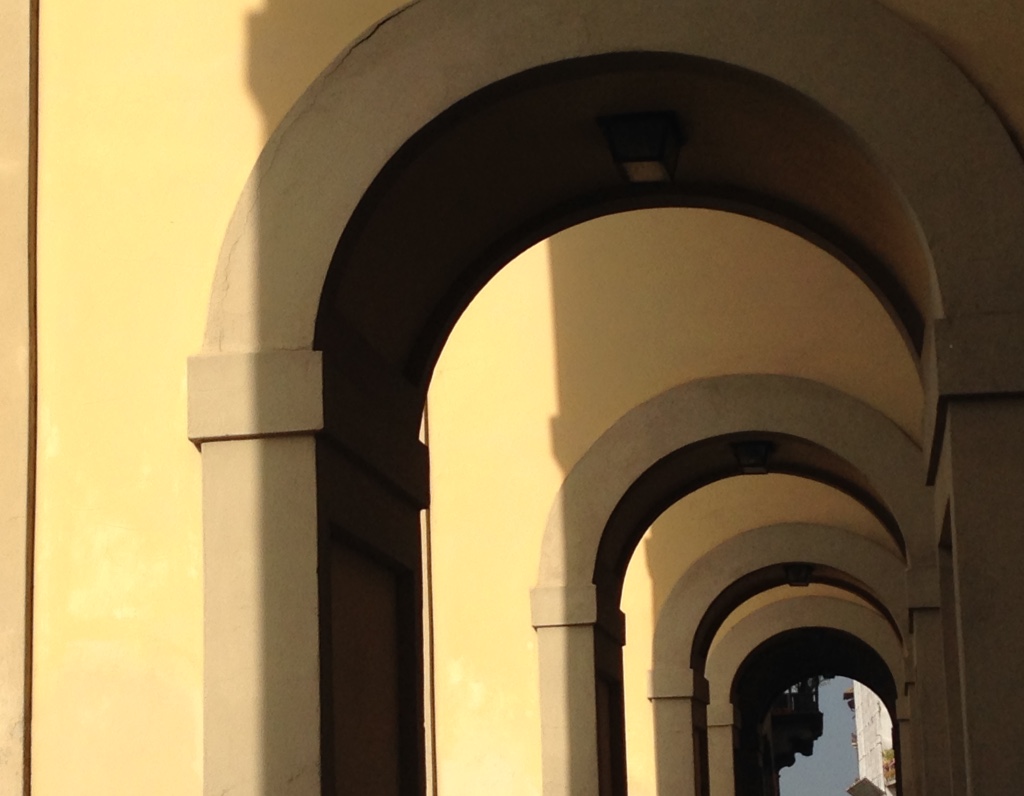
Screen world: learning, teaching and use
How we connect, teach and learn has changed dramatically in recent weeks. The glowing screen has become our necessary means, our gathering place and our latest challenge in the use of our selves. The following includes some of what I am learning as the screen becomes my means.
Eyes and ears: while teaching or learning via a screen, our vision and hearing become vehicles for information. As an Alexander teacher, my hands are typically my primary instrument to receive and convey information. Now, my eyes and my ears are my hands, in a sense. My initial tendency in learning and teaching online was to reach with my eyes and ears, and to pull myself toward the screen. I was narrowing and shortening to see and hear. Not what I want to best use myself, and I want my best use of self to teach well.
Today, in giving a “lesson” to a TaiJi instructor (who also is teaching online), we experimented with allowing vision and hearing from the entire breathing back. This allowed us both to receive information, rather than strain to get it.
Voice: As in early cell phone days, I noticed myself shouting at the screen in my urgency to connect. My throat and neck hurt after my first days of online teaching, which is certainly not what I want (and rather embarrassing for an Alexander teacher). So, instead, I allow numerous dynamic pauses in which I request (cheerfully and with happy curiosity) the ground to support my resonance. I welcome the entire space around me, especially behind and above me, to transform the wave of breath to sound and tone. Throat and neck are no longer sore, even as I increase lesson scheduling.
Words: Teaching online is an ongoing improvisation, during which I am responding to my student on the screen, and to what my student reports about experience in the moment. Dynamic pauses of even a few microseconds allow the words to arrive from my entire instrument rather than just my over-eager self. The words compose themselves when I welcome the ground, request a larger attention, and include a cheerful refusal to “get it right”.
The entire self: just as in any lesson I am giving, or class I am taking, all of me is necessary for the most productive outcome. Decades of teaching with my hands refined this entirety of response, this unified field of self. It is an entirely new experience for me to teach (or learn) by the current means, but my intention is to rise to demand with all of me. So, I take a moment before a lesson begins to ask my arms and legs to undo out of my entire breathing back, to fix less, undo more overall, to receive gravity as the source of my elastic response, and to embrace the not knowing that a new experience requires.
